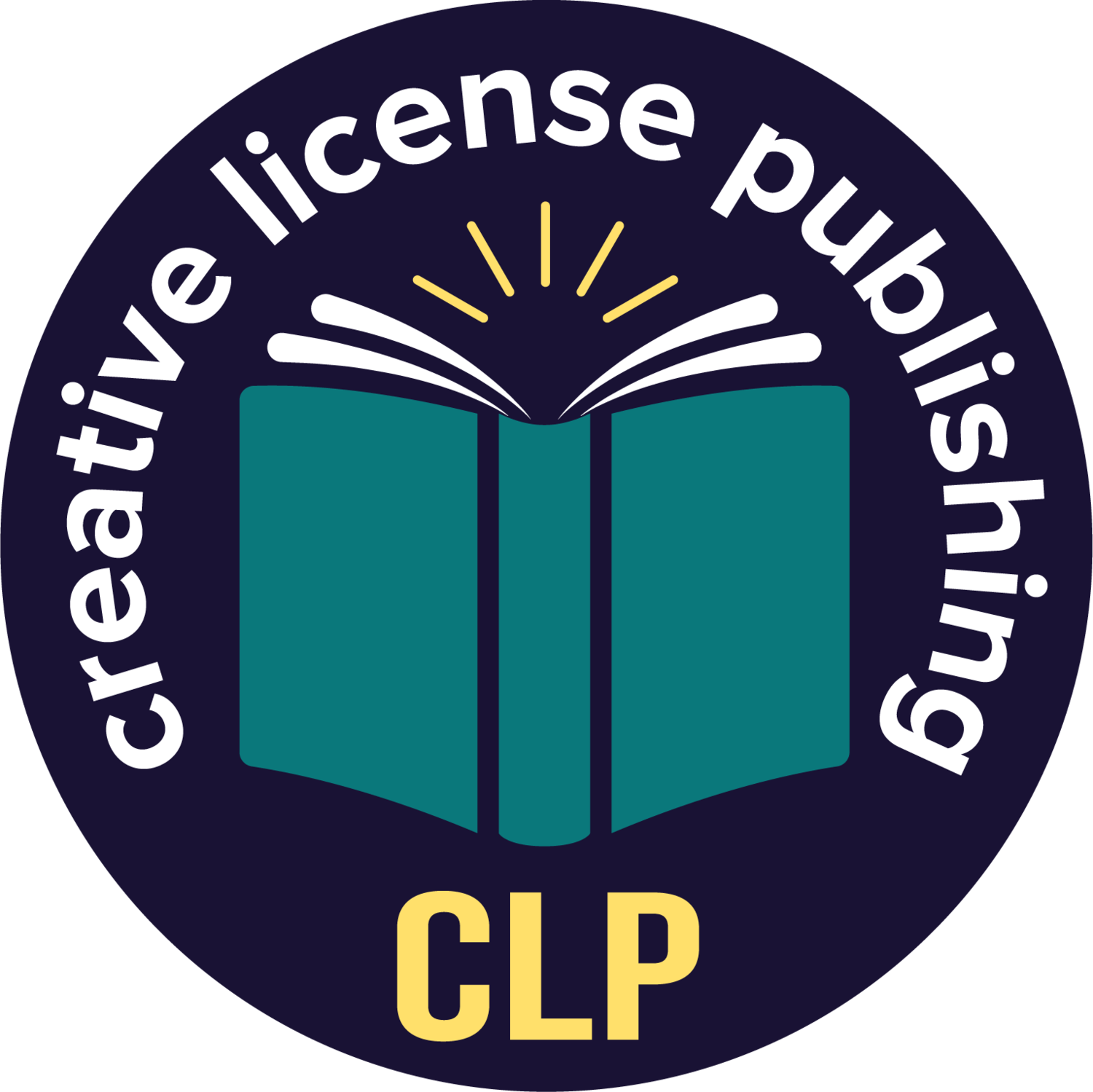So, You Want to Write a Memoir...
A memoir is a memory or a series of memories around an experience you want to share with a focus on a specific theme. Writing a memoir can be a fun, cathartic, emotional, and an exhausting experience. Whether you want to write it yourself or have someone help you, the task can seam easy at first but as you pour through your stories, notes, old pictures, and talk to family and friends, you may start to feel the magnitude of the task. Fear not. If you are organized, unafraid, diligent, and clear on your message, the process should flow easily.
First, focus on what the goals of a good memoir are:
Write for the Reader
Theme
Make it Real
Write like It’s A Novel
Get the reader involved emotionally in your story!
From the start, you should share information the reader will want to know about or be able to connect with. If your story is relatable it will capture and keep the reader’s attention – a key element for a successful story.
There must be a theme where the writer conveys a struggle, difficulty, or something they learned. It can encompass areas such as: travel, adventure, family, romance, career, spiritual, grief, addictions, mental illness and so on. It will be unique because the experience is yours, but again it should be something your readers will relate to.
Your third goal should be to make it real. Be open and honest about each part of your story. Avoid hiding facts or sugarcoating events. Oftentimes, writers will gloss over a particular part to try and portray themselves in a better light. In order for the reader to connect they have to see your failures or shortcomings as well as your successes. Your readers aren’t perfect, and they will relate to you more if they can see themselves in you.
Lastly, and probably the most important goal is to write your memoir like it’s a novel:
Write in the first person. This is your story so it should read from your point of view.
Get to the good stuff quick. Create a hook to start and engross the reader in your journey from the start.
Keep the pace going. Don’t provide unnecessary details that drag the story out or take the reader off course from the theme.
Show don’t tell throughout the book. When I discuss showing and not telling, I am referring to you constantly explaining to the reader what happened. Show them by providing scenes with dialogue to demonstrate a point, or a major event. For example, don’t just say you went to rehab and it was hard. Relay the event by writing what was said, who said what, what thoughts you may have had, describe the other players and the setting. Get the reader involved emotionally in your story!
Take some time to go through these goals and prepare yourself for starting your memoir.
My next blog will include a step by step process to begin writing.
If you are looking for additional assistance with your memoir writing journey, you can use our helpful, step-by-step memoir writing workbook, Inspired: How to Write a “Must-Read” Memoir available here



